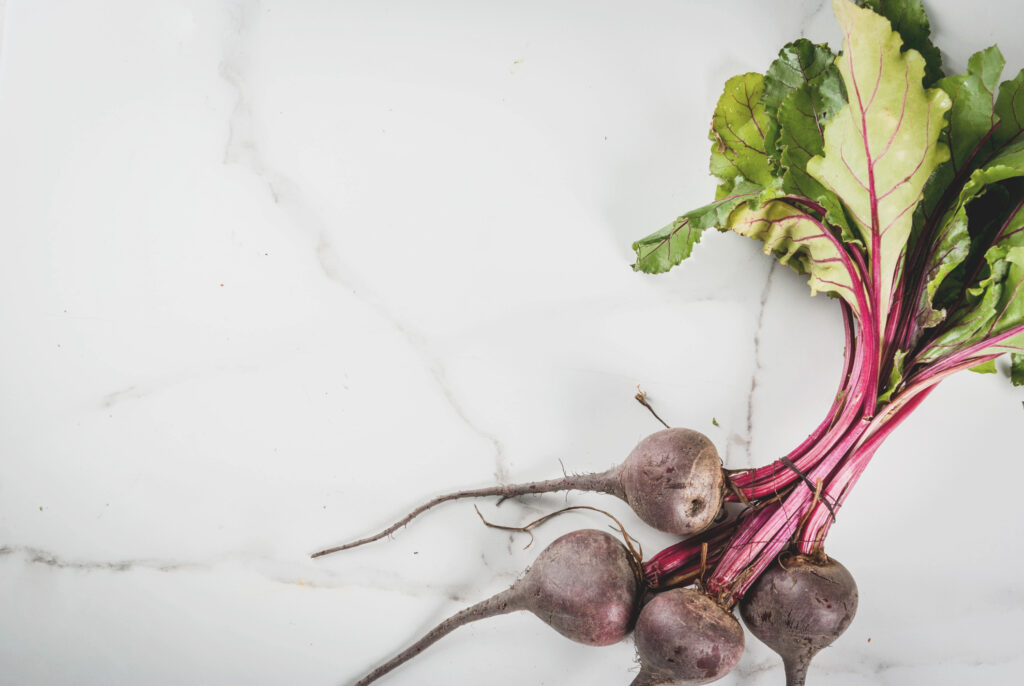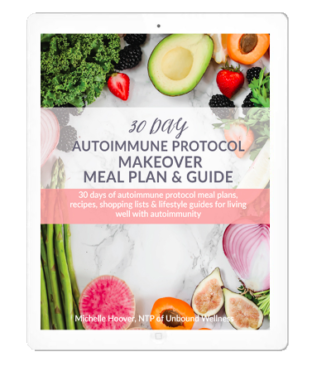4 Ways To Test Your Gut Health
In the world of chronic illness, autoimmune disease, and the pursuit of better health, we’re all very aware that we should be focusing on our gut health. We know that our gut is connected to everything in our body including our immunity, our mental health, and our hormones. We can all assume that we need to be focusing on our gut… but how do we really know what to focus on?
Though it’s true that there is a myriad of things that we can all implement in our lives for better gut health, testing is always best! Here’s the thing… I know that testing is expensive. Trust me, I’ve been around the block with all of these! The tests listed here are thoroughly worth the cost, and two of them can easily be done at home, essentially for free!
First, Why Test Your Gut Health?
I’m a huge advocate for testing and not just guessing. Testing your gut health will help you determine what you need to focus on, whether or not you have any serious issues that need more effort to address, and can help you indicate whether or not you’re on the right track with the changes that you’re making.
Blindly making changes can lead us in the wrong direction, and can sometimes do more harm than good if we adopt that wrong protocol.
Like most things in life, testing isn’t a surefire thing. There is always room for error and false positives and negatives. However, testing will help guide you along much in your gut healing journey than doing it all blindly.
4 Ways To Test Your Gut Health
1. Visual Inspection
This is the first test I will always recommend for determining the health of your gut and digestion. The visual appearance of your poop (yes, we’re using the word “poop” here) is an amazing indicator for what is going on in your gut, how your digestion is working, and what foods you’re are and are not absorbing well.
This can be done every single time you go, and it can change from meal to meal, which is what makes it such a powerful tool.
Here are some of the things to look for and what they mean…
Stool Color
The color of your stool is incredibly telling, and very easy to identify issues! Here are some colors to watch out for….
Pale or greenish-yellow stool – This could be a sign of bile duct obstruction and/or fat malabsorption which is a huge indicator of poor digestion! If this continues, see a doctor to talk about getting your gallbladder checked out and a nutritionist about what you can do to better digest fats .
Black or red stool – This could be sign of internal bleeding and needs to be addressed by a doctor immediately. However, if you’ve recently eaten beets, be sure to take the into account!
Green stool – Eat a lot of veggies? This may be a sign that you’re not digesting them well and that the nutrients may be going to waste! Talk to a nutritionist about improving your digestion, or try cooking your greens.
Yellow stool- This could be a sign of infection or intestinal inflammation and needs to be addressed by a doctor.
Visual & Physical Indicators
Bristol Stool Chart Analysis- Using the bristol stool chart can help identify digestive and gut health issues. Closer to #1 means constipation, and closer to #7 means diarrhea, which is both causes for concern. If you consistently experience something other than type #3 or #4, consider reaching out to a doctor or nutrients.
Floating/Sinking- Floating stool is an indicator of fat in the stool which means you’re not digesting fats well when stool than immediately sinks is a sign of too many nutrients still in the stool.
Physical straining- Sometimes our digestion varies, yes, and having one episode of physical straining isn’t the end of the world. However, if you find yourself physically straining to go more often than not, that’s a sign that you need to pay attention to constipation issues.
Other Indicators
Frequency- How often you go #2 is incredibly important for determining the health of your digestive system. Chronic constipation can put you at risk for microbiome imbalance and infections.
Everyone is different and there is no gold standard for how often you should go, but a good average is somewhere between twice a day, and every other day or so. Again, that’s a general estimation, but if you find yourself running to the bathroom after every meal, or only going a couple of times a week, I would definitely take that as a sign to look further into improving your digestion.
2. The Beet Test
What the heck is the beet test? This is an easy way to test your transit time at home! Finding out how long food stays in your digestive system before it passes can give you insight into whether or not your digestion is sluggish and you’re constipated, or if it’s too fast and you’re not absorbing nutrients.
How You Do The Beet Test…
- Simply eat a meal with beets. I find that raw works best, but this will vary for everyone. Record when you ate the beets.
- Watch and wait for the beets to pass in your stool. You’re looking for a red/purple color.
- Record your results and compare. There is no gold standard, but 24-48 hours is a good general starting point. If you find yours to be way off, or you see a big change in two different beet tests that you’ve done, take your results into account with a doctor or nutritionist.
3. Functional Stool Analysis
If you really, and I mean really, want to get a full view of what exactly is going on in your gut, getting a functional stool analysis is the best way to go. This involves sending a stool sample (preferably over a number of days) to a lab for inspection, and the results can have a dramatic effect on how you go about managing your gut health.
What does it test for? Each test will vary, so you have to be very specific in what you ask your doctor for, but stool tests can generally test for the following…
- Presence of specific strains of microflora
- Certain bacterial or fungal overgrowths
- Nutrient malabsorption (indicating “leaky gut”, fat malabsorption, etc.)
- Enzyme levels
- Parasite infection
- etc.
How to get one… Working with a functional medicine doctor or an NTP is the best way to get a good quality stool test. I have a post here to help you find a good one.
But isn’t it expensive? Yes! They can be anywhere from $300-600. But if all other attempts at improving your gut health have failed, and you’re really going to work with a doctor to build a custom protocol for you with the information you get from the test, it’s worth it.
4. Lactulose Breath Test
Are you dealing with severe bloating and suspected Small Intestinal Bacterial Overgrowth (SIBO)? This is the test you want to ask your doctor about!
What is it? This test entails altering your diet for about 24 hours, drinking a sugar drink (yes, it’s gross) and taking breath samples over a period of time to test whether or not you have a bacteria overgrowth in your small intestine.
Though it can certainly have it’s fair shares or false negatives and positives, but it’s one that you want to get if you suspect SIBO. Talk to a doctor about ordering one and what to do with your results.
So, now that you’ve determined the problem, what do you do to improve your gut health now?
The million dollar question! The answer? It depends. You need to follow a customized protocol that corresponds on what’s wrong with your gut to really address the issue.
However, here are some general pieces of advice to get you started…
1.Work with a doctor
This is always the best course of action for really customizing your protocol. I have a post on finding a good doctor here.
2. Work on improving your digestion
Almost all of these test can tell you if you’re having a problem digesting your food. Exactly what you do will vary depending on what you’re
experiencing, but check out this post I have on 8 steps to improve your digestion naturally.
3. Eat a healing diet.
The exact diet you adopt will be unique to you, however, if you’re just getting started or are in need of more guidance, I created a 30 Day Gut Health Diet Plan that’s full of shopping lists, easy to follow meal plans and AIP recipes with low-fodmap and GAPS modifications!
It’s an awesome way to get more guidance on gut healing meals and get new recipes. You can get your copy of the e-book here!
I hope this list of tests was helpful and that you’re able to take advantage of them. Remember… testing and not just guessing is always the best way to go!









What do you do when you can’t afford any of the recommended tests let alone afford to visit a nutritionist?
The first two tests here are free to do at home.
Pingback: Top 10 Most Asked Hashimoto's Questions... Answered! - Unbound Wellness
My mother was complaining about some symptoms of her gut health. Thank you for the information on visual and physical indicators of this kind of health. Particularly interesting was the beet test then watching to wait for the beets to pass. Working with a doctor is great advice. She may want to go through a colon inspection procedure soon.
So glad it is helpful!